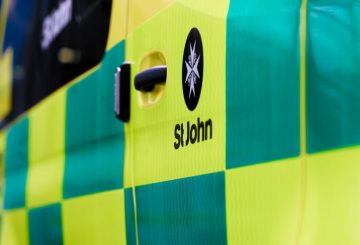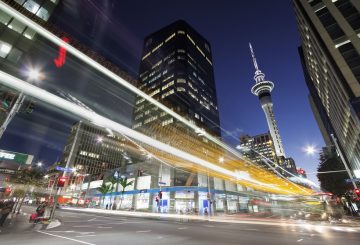奥克兰的新西兰电视台宣布了进一步削减成本和重组的计划,这将减少这家国有广播公司的所作所为。这引发了人们对去年失败的媒体合并是否是失去机会的质疑。
在最近的新西电视台问答中,澳大利亚首都直辖区领导人戴维·西摩声称,特许学校将来将被视为成功。主持人杰克·塔姆开玩笑说,媒体的未来可能更具挑战性。在早些时候削减新闻节目之后,Tame对拯救免费电视表示沮丧,将其与救助泰坦尼克号相提并论。
新西兰电视台的名为Digital+的计划旨在寻找省钱的方法。与过去结束热门节目的裁员不同,新西兰电视台表示,本轮不会裁员。他们计划很快与工作人员分享提案。该计划的一部分包括在二月份关闭直播新闻网站1NewsNow,并将青年网站Re: News转移到仅关注视频上。
7月,新西兰电视台的新闻主管透露,他们需要为下一个财政年度找到3000万美元的储蓄或新的收入,此前他们报告了2023年收入下降了3,900万澳元。
今年早些时候,新西兰电视台宣布大幅裁减内容和员工,这是其财务战略的一部分。他们向员工保证,他们的在线平台TVNZ+仍然有良好的观众份额和增长。但是,数字广告收入低于传统电视广告。
创建付费订阅服务可以增加收入,但它面临竞争的风险。新西兰电视台计划对其数字技术进行1亿美元的升级,以支持流媒体。
整个媒体领域正在向流媒体过渡,Freeview也正在摆脱传统广播。随着观众习惯的改变,新西兰电视台作为国有商业广播公司的独特地位可能会带来挑战。
上届政府建议将新西兰电视台与RNZ合并,成立一个新的公共媒体实体,但该计划在选举前被取消了。批评者称这是不必要的。
另一家国家广播公司Whakaata Máori的首席执行官提到,由于资金问题,其新闻服务可能会被削减。媒体部长保罗·戈德史密斯已经承认媒体面临严重的金融危机,这表明新西兰电视台可能需要迅速做出改变。






























































